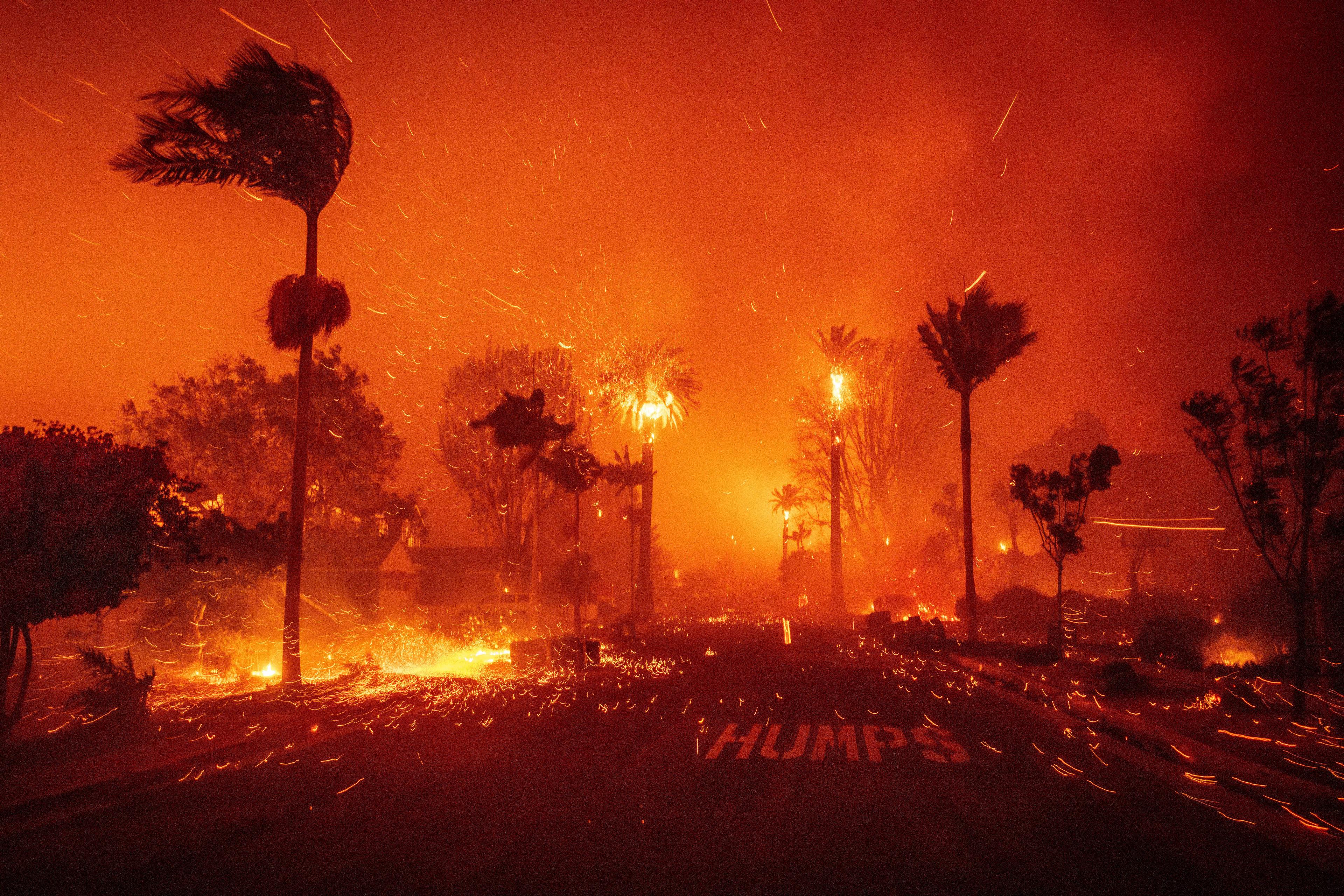Coloradans are known for death-defying entertainments, from ice climbingto four-wheeling. But here’s one you may not have heard of: alligatorwrestling. The Colorado Gators attraction in the San Luis Valley trainspeople this very unusual activity. Colorado Public Radio’s MeganVerlee took the class, and lived to tell the tale.
CPR's Anna Panoka helped produce the following report:
JAY YOUNG: "Two rules: don’t hesitate, okay? He who hesitates getsbit. Don’t think about it. Alligator wrestling is not a thinking man’ssport."
REPORTER MEGAN VERLEE: Jay Young, the owner of Colorado Gators, isstanding in a pool full of two-foot alligators. We’re five minutes intogator-handling class and I’m already intimidated. And then Young pullsup our first assignment.
YOUNG: "Aw, you’re a good boy, huh.”
REPORTER: “He’s hissing”
YOUNG: “Yeah, they do that sometimes. Means they like ya.”
REPORTER: Young looks exactly like central casting’s idea of analligator wrestler. He’s got a big, crazy grin, a ponytail, and he’sdressed in all black from his sopping jeans to his battered cowboy hatstudded with gator teeth.
YOUNG: “One, two, three jump!”
REPORTER: “Agh! Okay, sorry...”
YOUNG: “Don’t let go. That’s rule number two!”
REPORTER: When I first heard about alligator wrestling classes, Iassumed I’d be in for a thrilling, but basically safe afternoon;probably the gators would be pretty tame, or old and slow, or theirmouths would be taped shut or something. No. This is just reallyscary. Young says he got the idea to offer the class from a friend heenlisted to help move some gators.
YOUNG: "He said, 'Man, this is great, this is better than skydiving! You should charge people to do take classes and learn how to do this.' So it’s all his fault."
REPORTER: Colorado Gaters was started by Young’s parents by accident. Back in the '70s they bought a geothermal spring here, twenty milesnorth of Alamosa, and used its naturally tropical water to raisetilapia.
YOUNG: "In 1987, then, we got our first alligators to be garbagedisposals for the fish farm. When we had dead fish in the tanks andwhen we filleted fish, the carcasses would go to the alligators. Sothat’s all they were in the beginning -- is pets that disposed of deadfish for us."
REPORTER: Young does still raise tilapia in one of the buildings here. But the gaters have gone from waste management to center stage. Thereare ponds and pools and lagoons of them, along with dozens of otherexotic species the attraction’s picked up over the years. Everythinghere, from the gator pens to the emu enclosure has a Do-It-Yourselflook, like hobby that’s gotten WAY out of hand.
KID: "Are you going to throw the alligator one more piece?"
YOUNG: "As soon as we opened up to the public and let people come in andsee our alligators, other people’s pet alligators started showing uphere. We’ve literally come to work and found then on the doorstep."
REPORTER: However they get there, these guys are now fair game for somegator rangling. This isn’t really wrestling. With the little ones wejust grabbed them and hauled them up. For Round Two, they’re too big forthat. These guys are a couple of feet long. You have to get ahold ofthe tail, drag them ashore, and pin them down.
YOUNG: "This guys going to turn and try to bite you, I can almostguarantee it. And you’re going to have to turn around to keep him frombiting you.:
REPORTER: I really to want be brave and do this. But I right here, I’mchickening out. I’m not getting in that pool, I don’t care what Youngsays.
YOUNG: " Injuries are few and far between. If you listen to theinstructions, very few people get hurt. And most who do get hurt wearit with pride. I mean, It’s a red badge of courage: ‘I got a wound froman alligator,' you know."
REPORTER: C’mon, how many lost fingers, really?
YOUNG: "We’ve only lost one finger. And technically it wasn’t lost. Ipried it out of the alligator’s mouth and sent it with him to thehospital and they decided not to reattach it. So it wasn’t lost, it wasthrown away at the hospital."
REPORTER: This might all sound a little mean to the alligator, butYoung actually has an ulterior motive for offering the class; it giveshim a chance to check his gators for wounds. Alligators areterritorial, they fight a lot. So while my classmate pins down a gator,Young and I go to work with the antibiotic cream.
JOE HANEL, Alligator Handler: “Poor baby, look at you.”
REPORTER: “Poor brutal, strong, trying to bite you baby."
REPORTER: Right now, I would be happy to call it a day. But gatorwrestling class has quite the grand finale. Young dives into a pondwith some of the biggest gators, ropes one that has to be at least sevenfeet long and leads her across the pool. Once he gets her to shore,it’s our job to sit on her back and keep her controlled. It feels likestraddling a scaly time bomb.
YOUNG: "So you grab that place at the back of her skull there and leanback like this, pull her head back, ‘kay. Then we’re going to go aheadand take a quick picture for the insurance company in case somebody getshurt again. I’m just kidding; we don’t have insurance."
REPORTER: It’s obvious Young loves these gators -- he says he never gets tired of working with them.
REPORTER: “Do they have much personality once you get to know them?”
YOUNG: “They do. They’re mean. For the most part they’re mean.”
REPORTER: At least they are when they’re getting hauled out anddoctored. Young may be able to keep his sense of humor when faced withthose killer jaws. Me? I’ll take my gators on the Nature Channel fromnow on, thanks.









